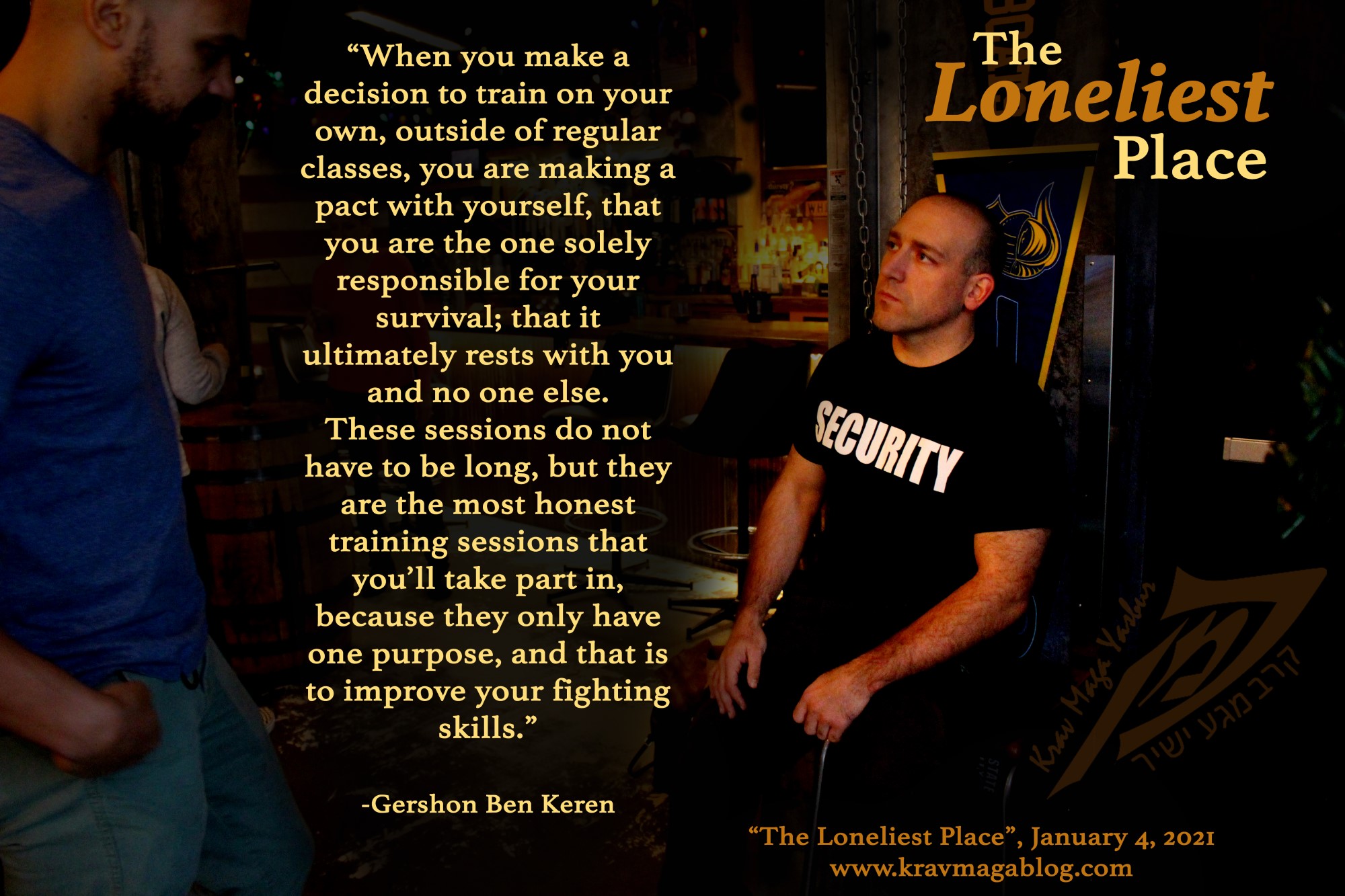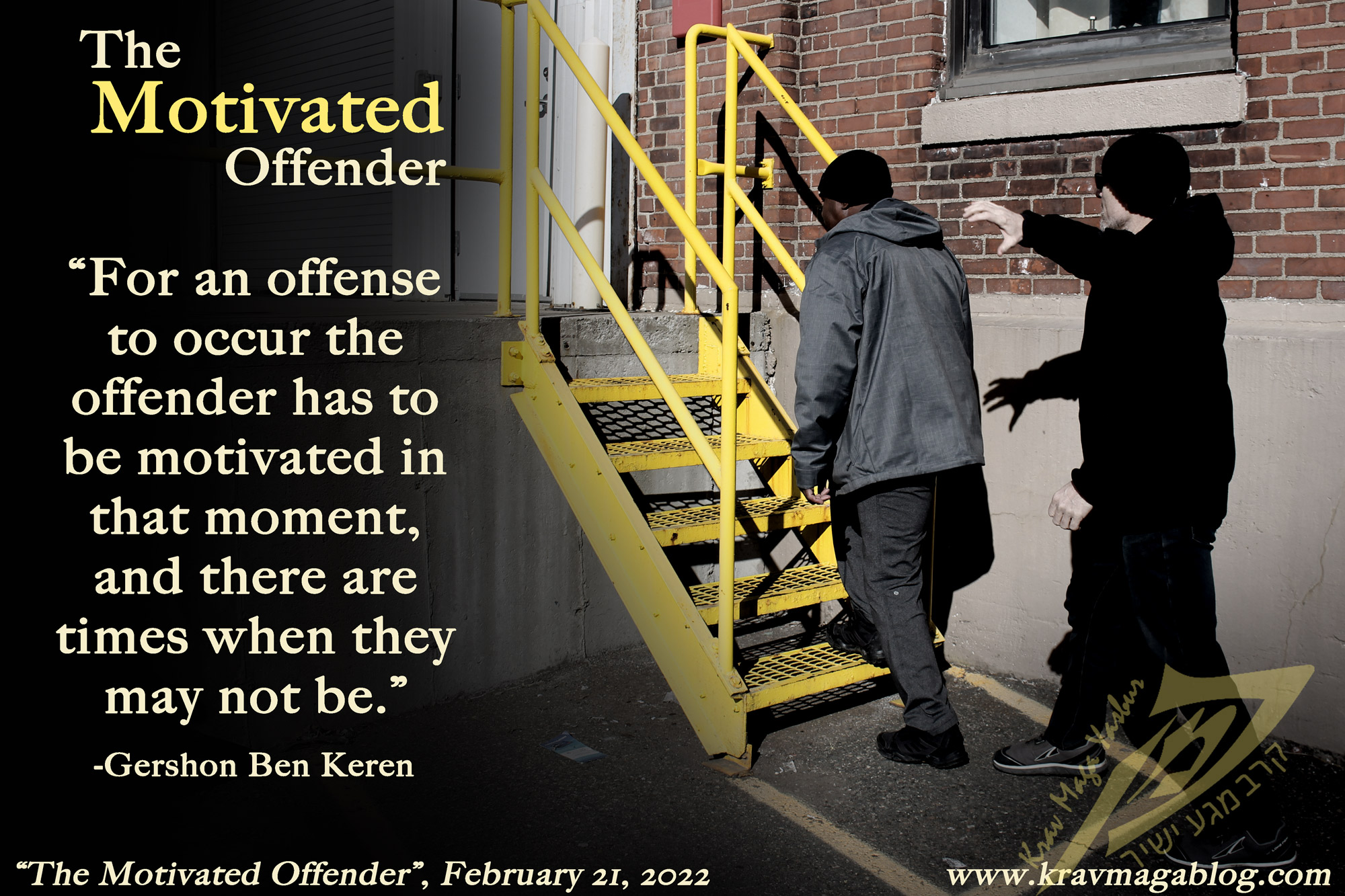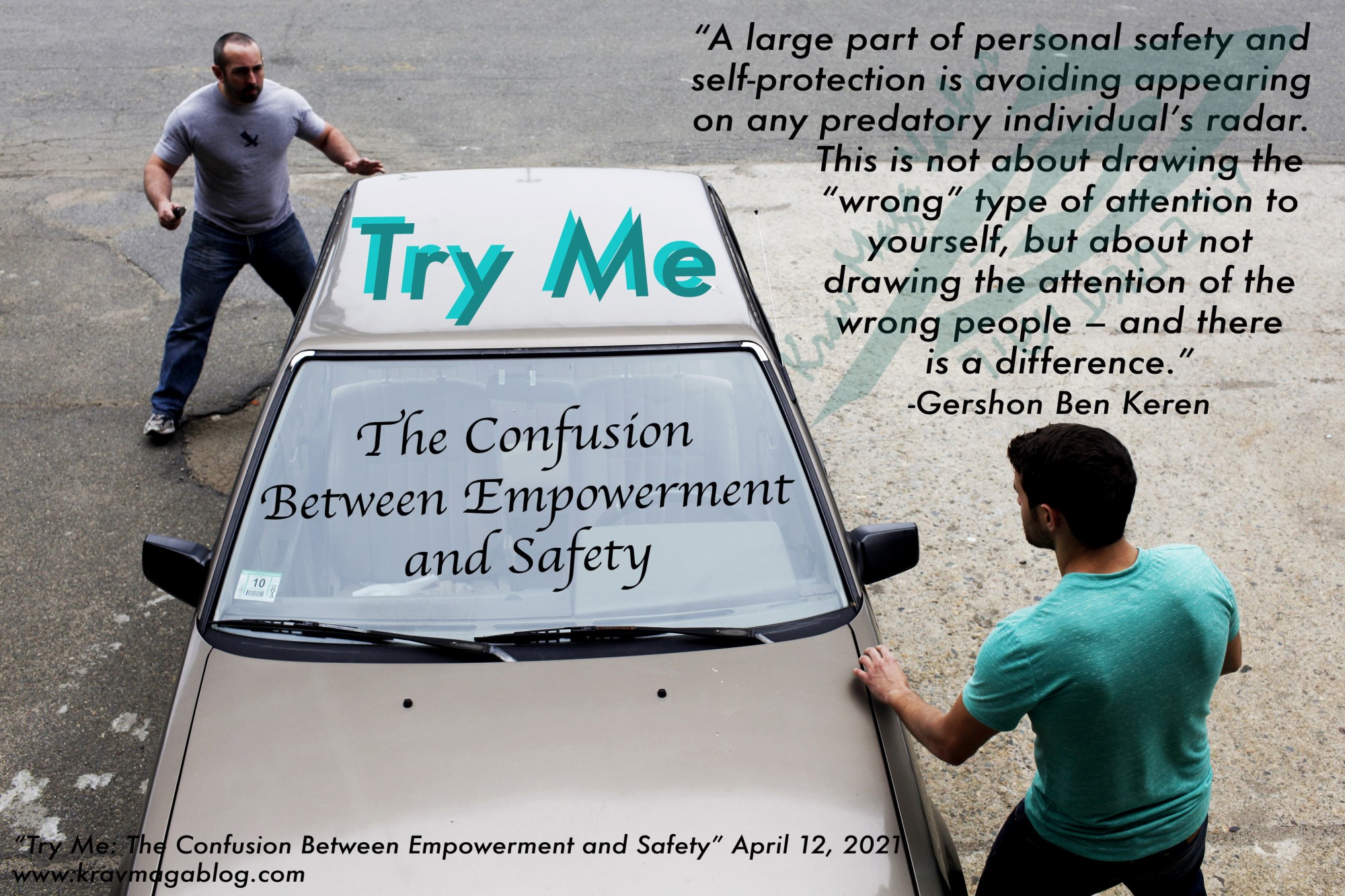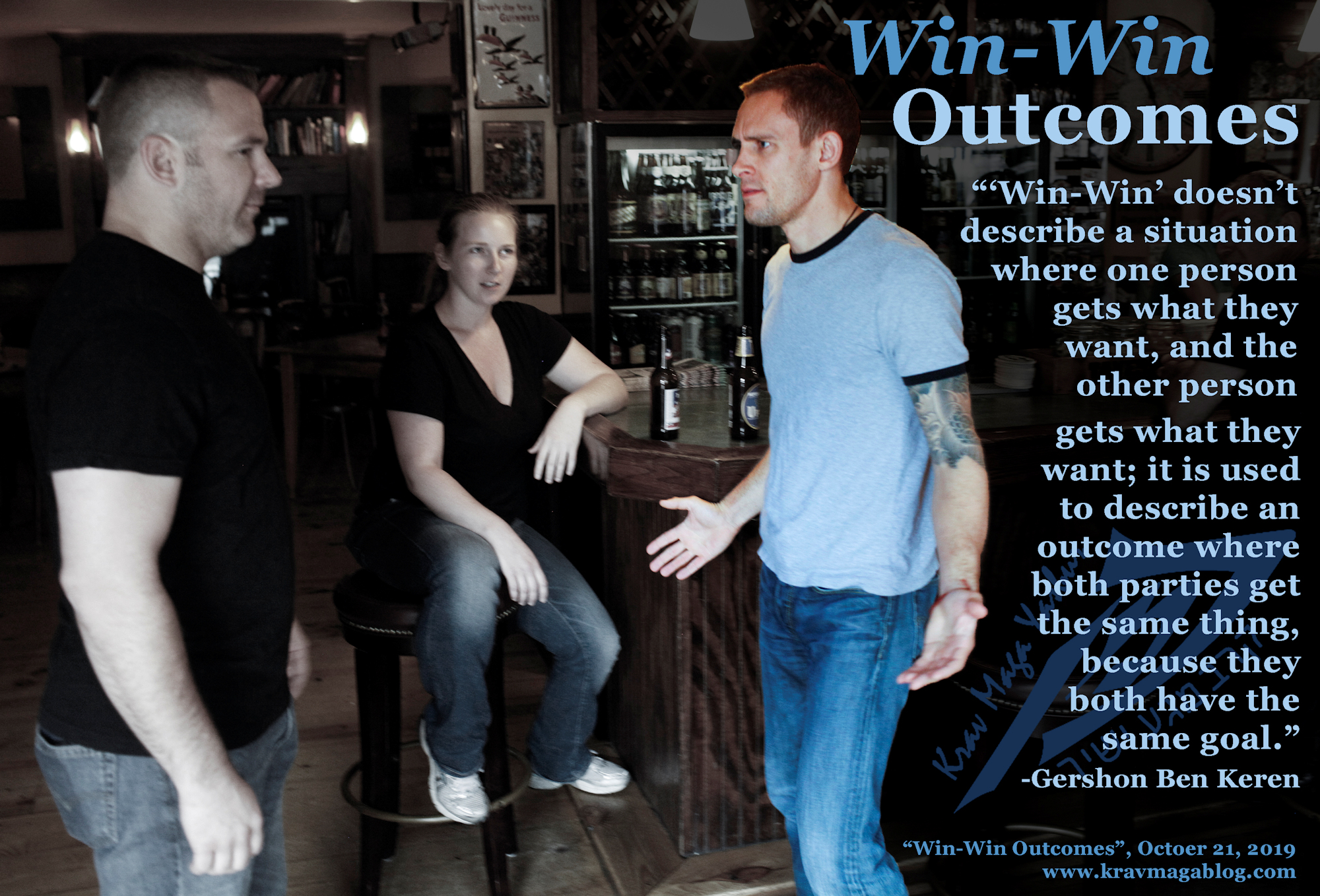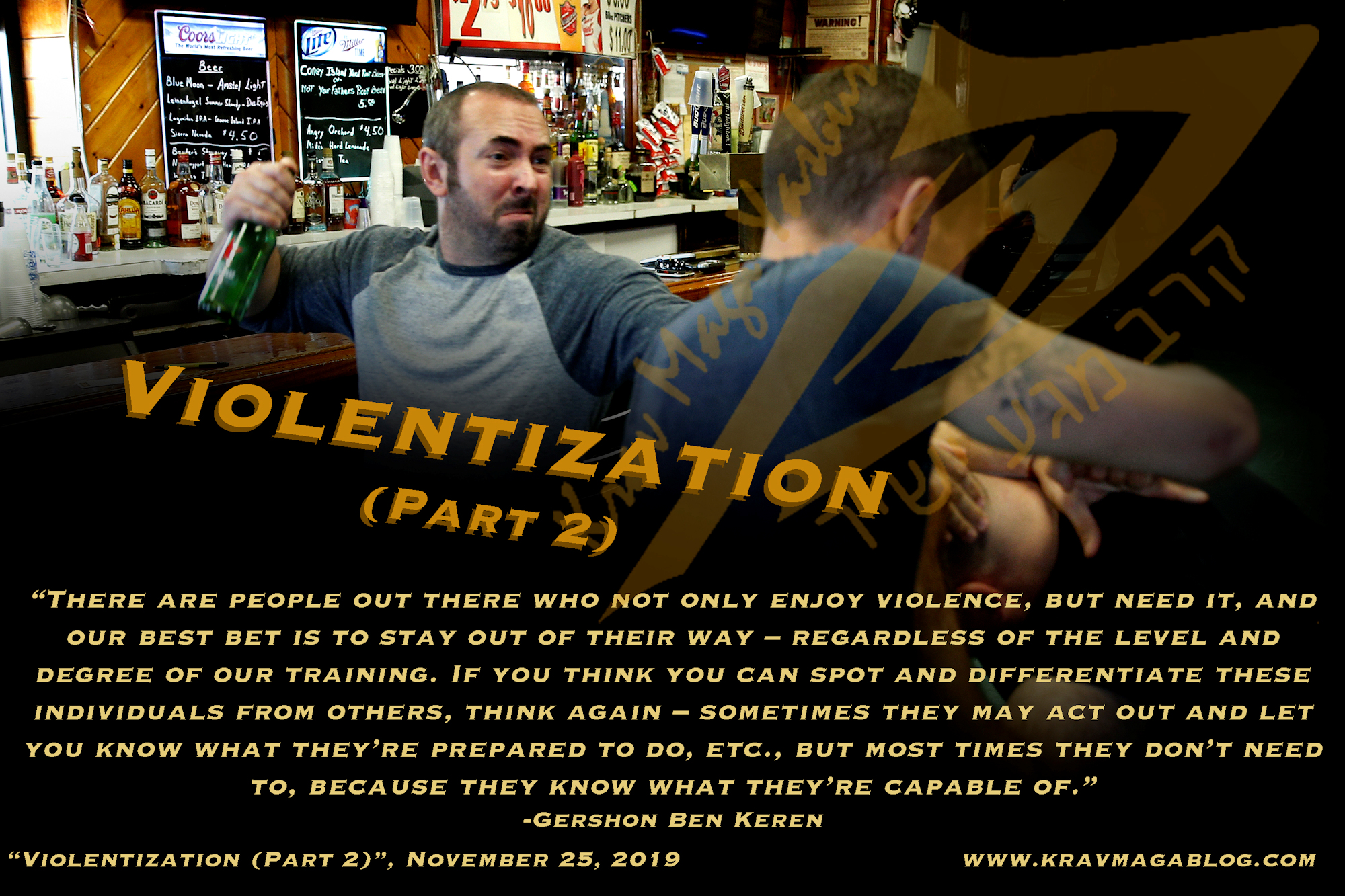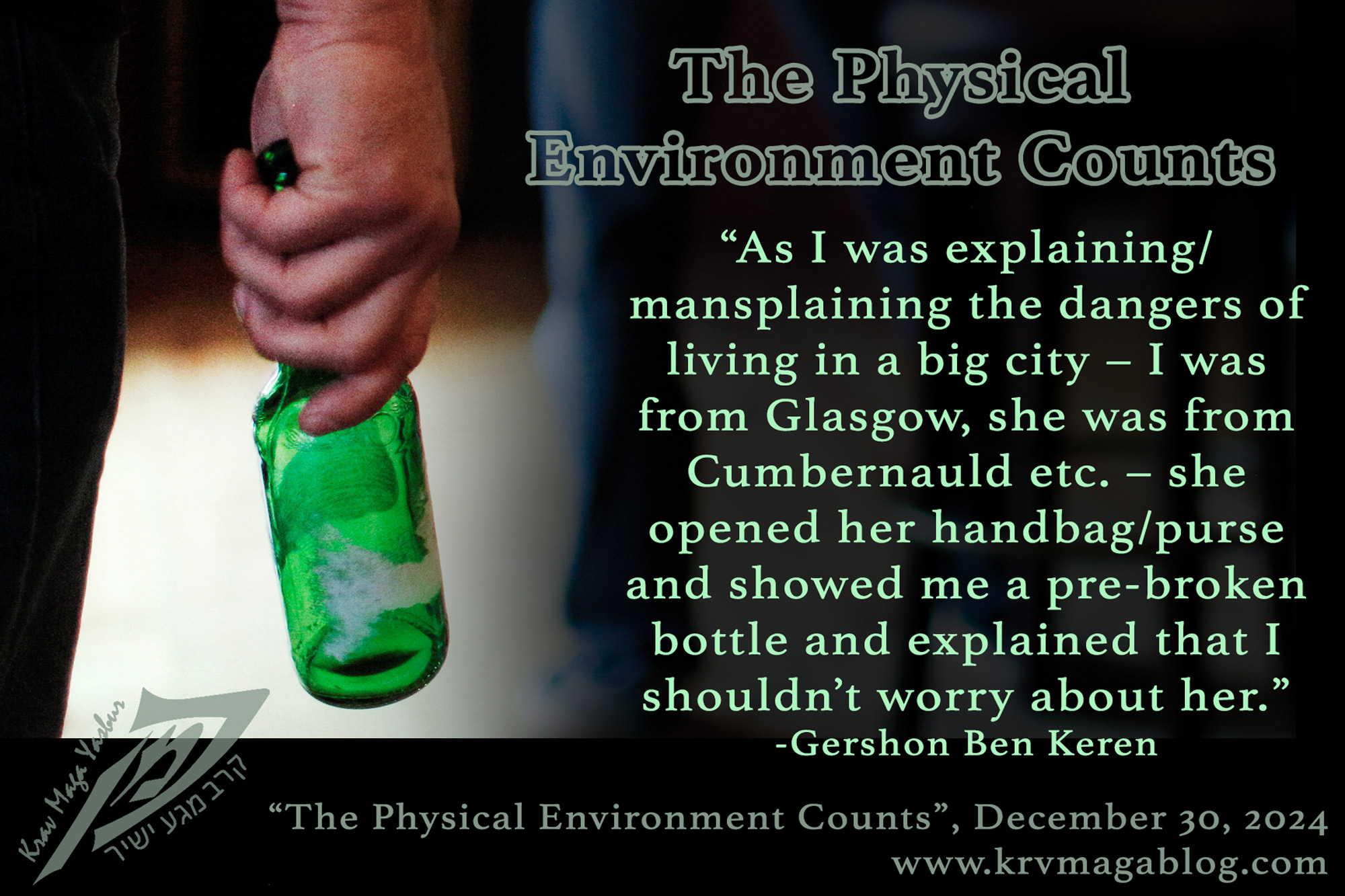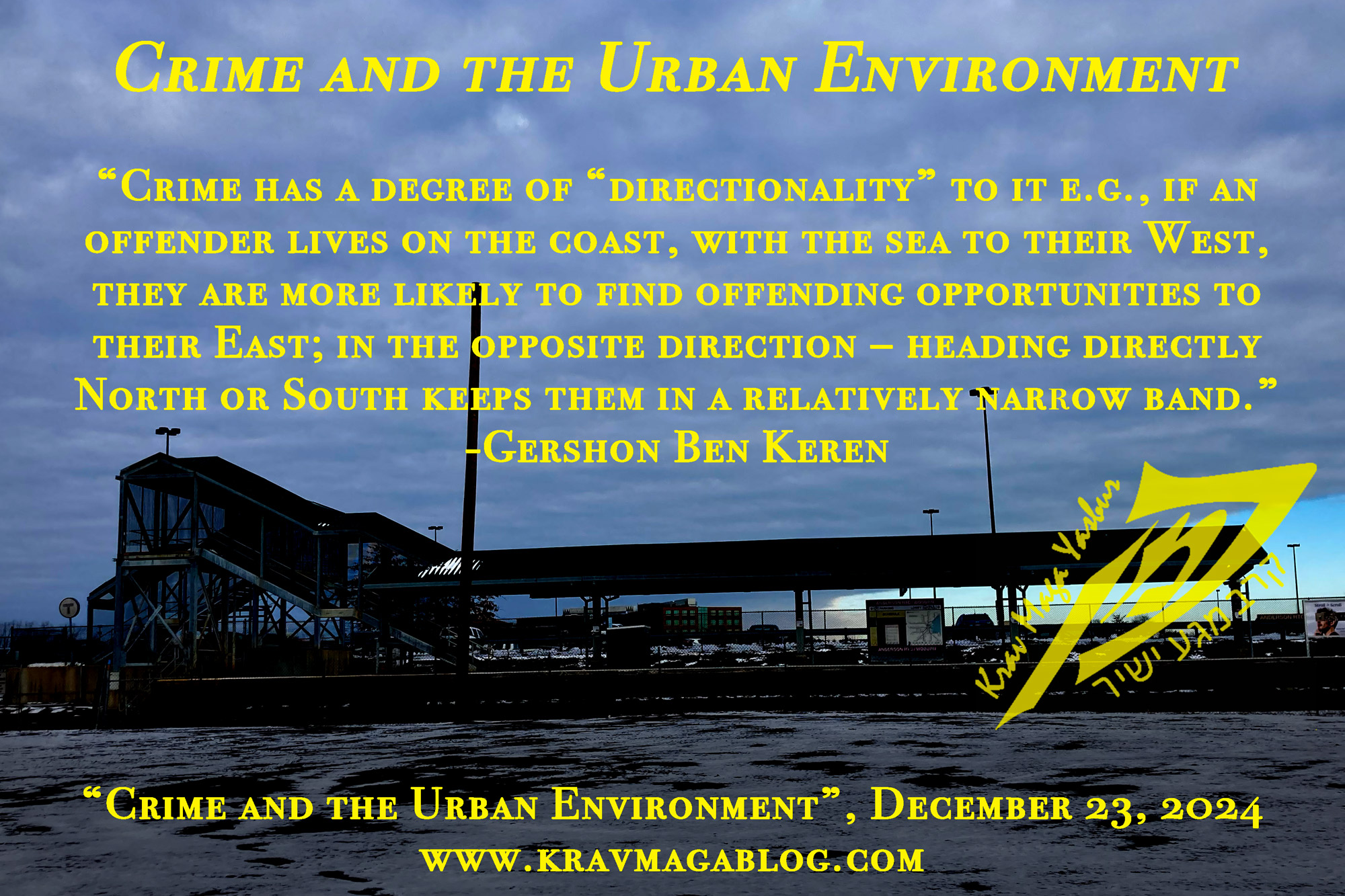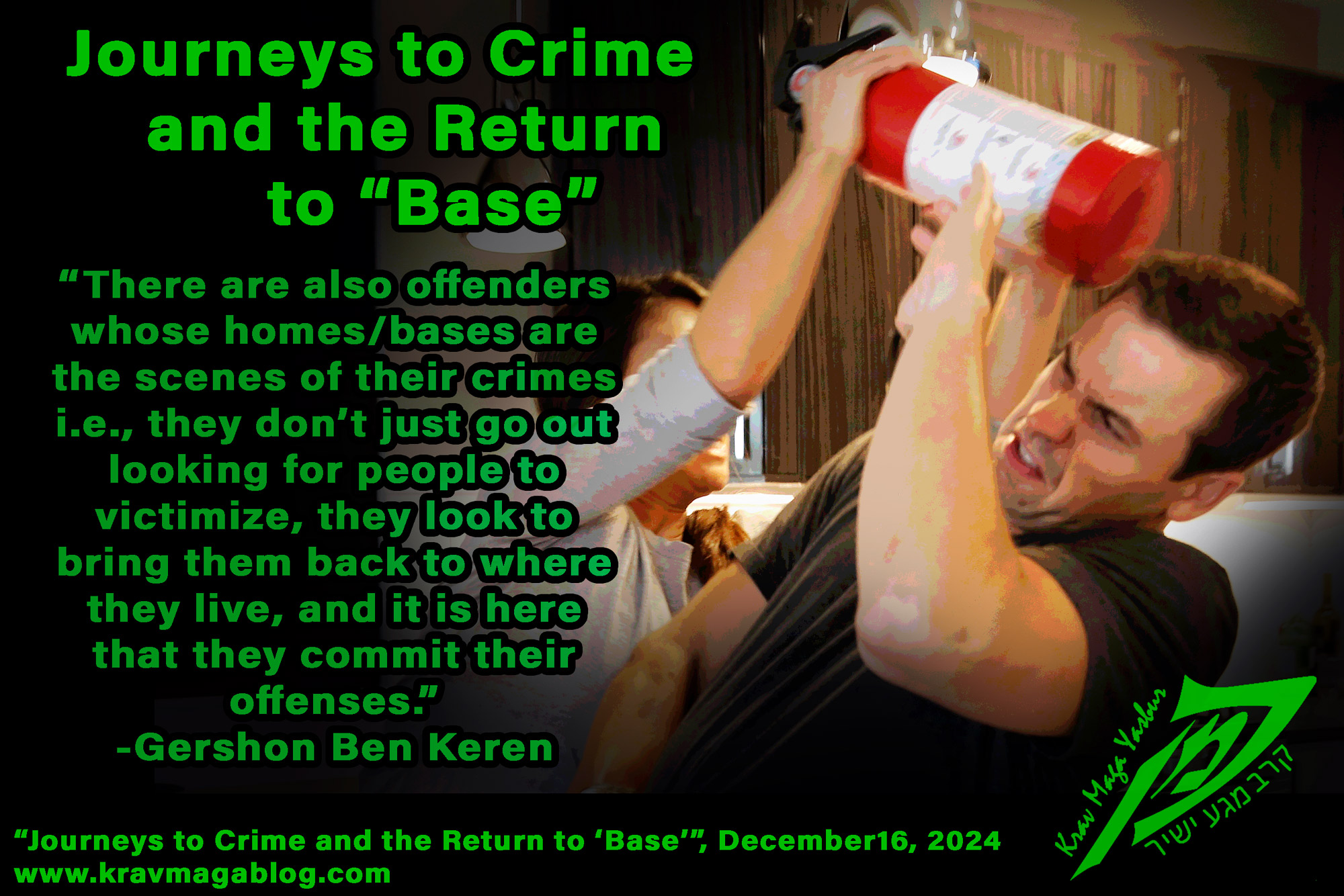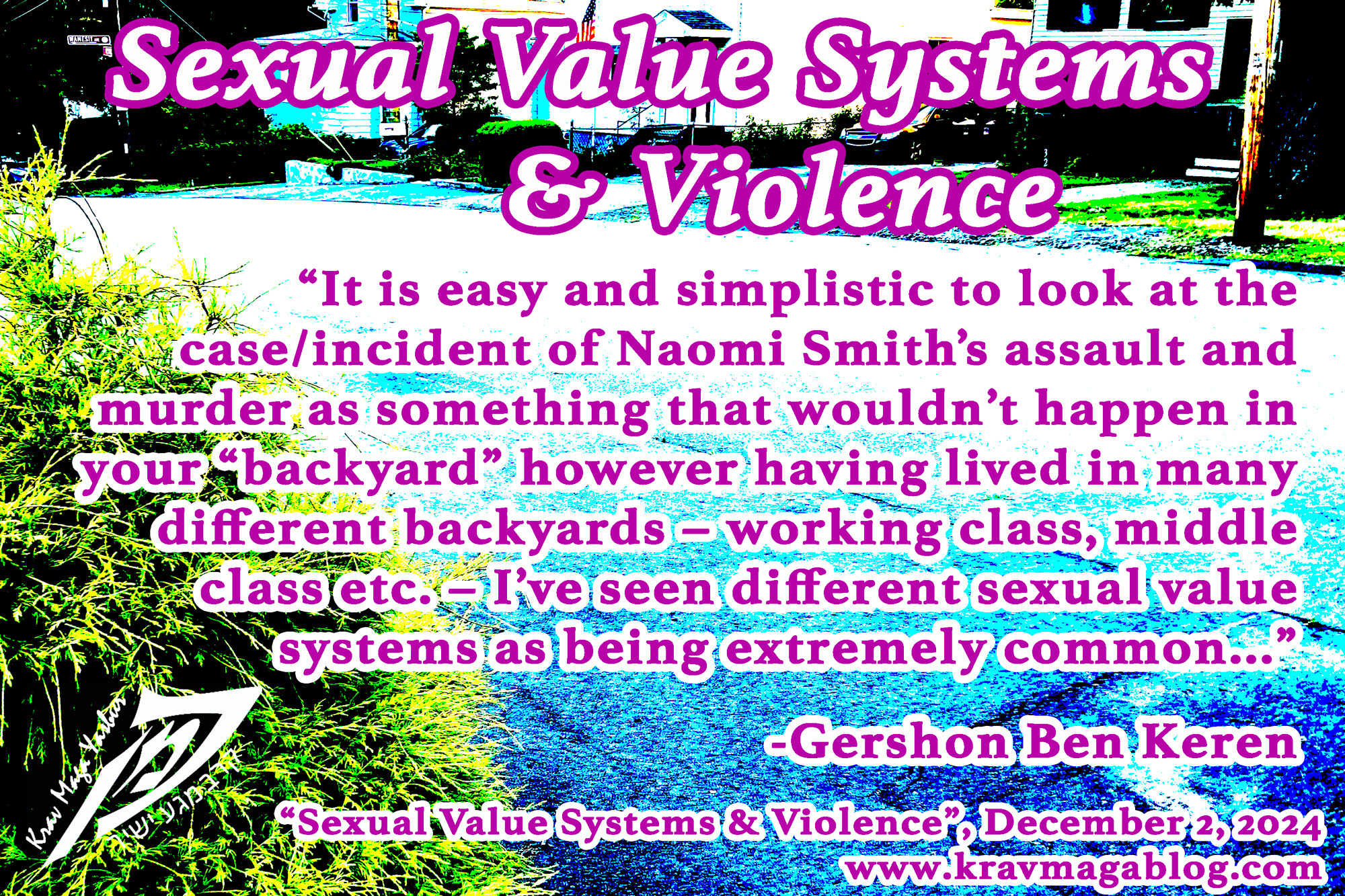Violentization (Part Two), is an article written by Gershon Ben Keren, a 5th Degree Black Belt in Krav Maga, who teaches Krav Maga in Boston, MA. He has also authored three Amazon best-Selling Books on Krav Maga.
I can’t remember a time when I’ve had to use violence, that I didn’t come away with some form of depression – there might have been small moments of euphoria, directly after an incident, but this soon gave way to feelings of despair and dejection. I’m not alone in this, and many people I’ve worked with have shared the same sensations. Having to use violence to solve a problem, deal with a person is rarely a rewarding experience, and most people who have to do so in a professional capacity, end up recognizing both the necessity and futility of its use. Ultimately, there is nothing rewarding about surviving a knife attack by a drunken punter in a bar or club you were working at; it doesn’t put you anywhere further in achieving your personal goals – you simply prevented a potential interruption (through injury/death) to the process. Being involved in, and surviving violence, is ultimately quite depressing, when you realize both what you’ve achieved and what you haven’t. I often wonder when I read/hear people make their big talk – usually on social media – about how they’d do this and that to another person, etc., or sensationalize or sanitize violence, what their first-hand experiences actually are. Have they really experienced the thoughts that you go through after having to act violently towards somebody, after really hurting them, even when it was right and necessary to do so, or are they imagining that they will have an internal audience, applauding them for their actions as if they’ve just won an MMA match? There is a satisfaction, and sense of accomplishment that comes from competing and winning in combat sports, that is not replicated when dealing with real-life violence; the emotional context is very, very different.
Lonnie Athens describes this phase, in the process of “Violentization” – the way in which violent dangerous criminals are formed/developed – as “Belligerency”; he recognizes it as the second stage, and a reaction/response to the first stage of “Brutalization”. I’d been working door and bar security for around two years, when I first read, “The Creation of Violent Dangerous Criminals” (Athens, 1992), and it was the recognition that individuals don’t initially respond to violence positively, even when it goes their way, that suggested to me that Athens had talked quite deeply, candidly and very openly with the violent offenders that he’d interviewed. To get individuals to express their realization that the use of violence was ultimately depressing, but necessary – which in it itself is depressing – separated out his work from many others that were trying to explain the same thing. I used to hate the fact that people forced me to go hands-on with them, when I was working; that it was impossible to reason with some people after alcohol had inflated their ego, and caused them to become so self-entitled and self-absorbed that they could do what they wanted, and treat people how they like, without any recourse. There is no sense of righteousness and justice, after dealing with such individuals, just the depressing realization that there are a lot of others like them out there, who you’ll have to deal with the following night, etc. That’s why you don’t stop to think about it for too long, and quickly recognize that this doesn’t change the fact that it’s necessary to use violence, and so you harden yourself to its use.
After an individual has convinced themselves that violence is both acceptable and necessary, they begin to engage in “Violent Performances”, where they start to experiment with violence; pushing and checking boundaries and beginning to become comfortable with using violence as a means to achieving and establishing their goals. In this phase, they start to overcome some of the negative emotions that come with acting violently and start to enjoy some of the rewards that their actions and behaviors bring. They may find that they get treated as celebrities, and/or enjoy an increase in status, both as a result of admiration, and of fear. Depending on the culture/environment they are in at the time, their stock could increase significantly, if they start to become someone who is feared as a fighter. If they before only used violence when needed, when committing a crime, they may now start to use it because they are in a position where they can, and they enjoy the sense of power and control that this gives them i.e. they become to enjoy subordinating others.
In the final stage of “Virulency”, the offender completes their reinvention of themselves and enjoys their “new” self-image as a violent person. Virulency is comprised of two aspects: Violent Notoriety and Social Trepidation. When an individual starts to enjoy “Violent Notoriety”, they may start to see themselves as invincible, and also entitled to act against others as they will i.e. they no longer need an external reason or provocation to act violently, they can do so simply because of their status within their group, etc. There is also a sense of irony to their new-found position, as they become the actors who engage in the brutalization of others, and they will start to experience the social trepidation of others to them, just as they once feared and trod carefully around those who acted violently towards them. Individuals who complete this stage of the process are likely to find themselves on a Merry-Go-Round that they can’t get off; if they demonstrate any sign of weakness, compassion or leniency towards others, there will be somebody ready to take advantage of them. This leads them to commit ever more violent crimes, in order to ensure that they are viewed in a certain way and will not be targeted by others for Brutalization.
One of the reasons I believe it’s important to understand how people get to a certain point where they are happy to use violence is to recognize that we haven’t gone through such a process i.e. we might like to think we’re a badass, but there are people who are bringing a lot more to the table than we are, etc. There are people out there who not only enjoy violence, but need it, and our best bet is to stay out of their way – regardless of the level and degree of our training. If you think you can spot and differentiate these individuals from others, think again – sometimes they may act out and let you know what they’re prepared to do, etc., but most times they don’t need to, because they know what they’re capable of.
0 COMMENTS
